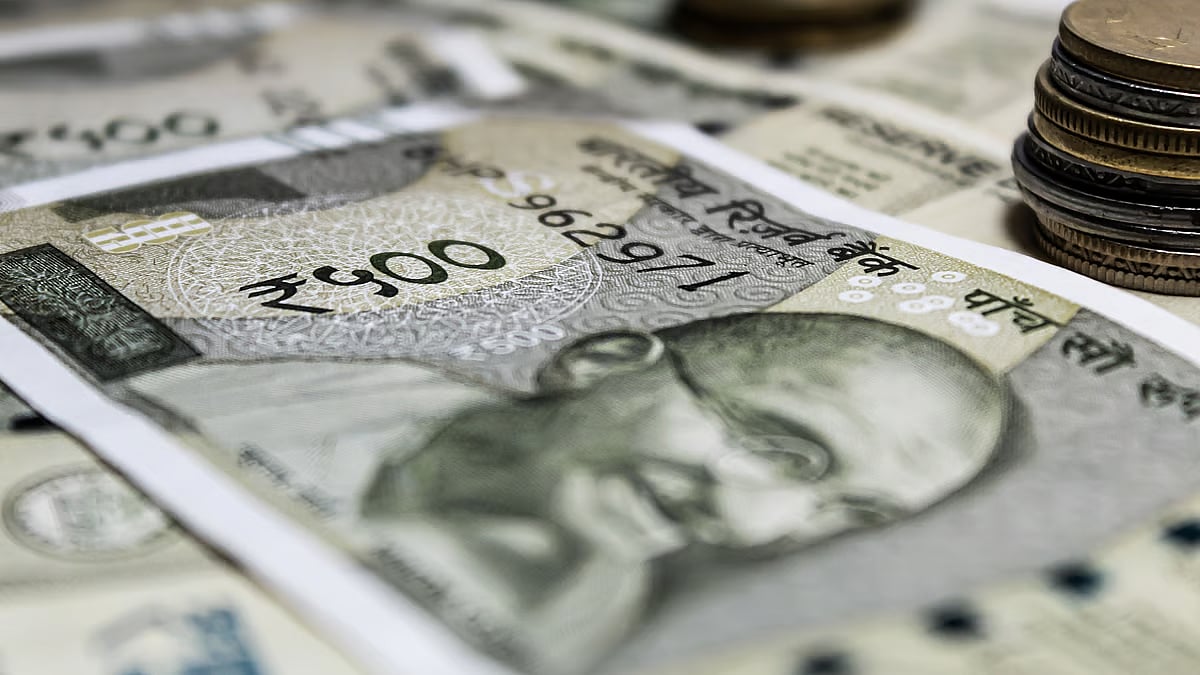As the country watches the ghoulish drama of a man who killed and dismembered his girlfriend, issues of domestic violence and society’s lack of awareness and support come up again. As thoughts of violent men and serial killers swirled — there have been no similar cases at least in India of a woman having chopped her boyfriend to pieces — one stumbled on to a piece online that took a fresh look at the concept of the femme fatale (the deadly female) in cinema and popular fiction.
The term is used rather loosely, often in a jokey way, to describe a woman who is either a gangster’s moll, a crack espionage agent, a queen, or a courtesan. She is definitely sexy, smart and fearless, and uses her seductive wiles to lead men astray. In a man’s world her end is inevitably tragic — at worst death, at best some kind of shrew-taming punishment. But the male equivalent — homme fatal — is hardly ever used, at least not in the same sense.
In her essay, Fatal Men, Elisenda Julibert claims that the femme fatale never existed; she was “a misogynist response to the traditional fear of women’s liberation.” Come to think of it, right from Eve to Jezebel, Salome, Cleopatra and Helen of Troy, and all down history and literature, there are so many instances of men finding ways of blaming women for their failings. Whereas women have always been taught that they will be valued for their virtue, so if they are not submissive, obedient and chaste, they could end up causing the downfall of men who desire them.
Alex Vicente commenting on the essay in elpais.com writes, “After many years of reading, I realised that the femme fatale had no fixed traits, beyond her fateful character. She was blonde or brunette, cold or warm, sincere or a liar, shy or determined, fiery or frigid. In reality, she is as diverse and changeable as the desires of those who imagined the characters. In other words, the character of the femme fatale was illusory, a product of the fantasies and frustrations of the writers who described these women. After an emotional breakup in which she felt she was treated unfairly, Julibert decided to reverse Alexandre Dumas’s famous maxim: “Cherchez la femme (Look for the woman).” Dumas believed that the key to understanding any difficulty that befalls a man is inevitably a perfidious woman. For her part, Julibert suspected that understanding the proliferation of fatal love affairs in the literature of the past two centuries instead required the examination of men.”
Reinterpreting the perception, Julibert believes one the earliest femme fatale “scapegoats” is the Biblical Susanna most famously depicted in the 1610 painting by Artemisia Gentileschi Susanna And The Elders, in which a nude woman is being lusted after by two elderly men. In the story, when Susanna turned down the advances of the men, she was accused of trying to seduce them and tried in court for adultery.
She also takes up the cases of two literary femmes fatales, the Spanish gypsy Carmen in Prosper Mérimée’s story (later made into a celebrated opera by Georges Bizet, and innumerable films), and Vladimir Nabokov’s Lolita in which Humbert, who blames a 12-year-old girl for seducing him, is somehow a tragic victim. Of the other ‘victim’ Don Jose, who kills Carmen in a mad rage, she writes, “His view of this insatiably lustful, parasitic vamp is a bit skewed,” and of Lolita, she says, “It’s a grotesque and wild rereading of Carmen, but also very subtle. I had to read Lolita three times to understand it as a parody… It is the imagination of the sad satyr that makes a magic creature of this little American schoolgirl, as banal and normal in her own way as the poet manqué Humbert is in his… Outside the maniacal gaze of Humbert there is no nymphet.”
Crime fiction and noir movies gave the femme fatale an erotic form, while Alfred Hitchcock perfected her image as the cool, unflappable blonde; the hapless hero has a narrow escape from the grip of the seductress, and falls right into the arms of the ‘good’ woman, just waiting to break the spell. The word vamp, used as a synonym for femme fatale and derived from the blood-sucking vampire, has also been used to describe women who did not conform to prevalent social norms.
In an essay Vamping It Up, in vaultofthoughts.com, Christopher Davis draws the link between art and the fear of the sexually liberated woman. Rudyard Kipling coined the oft-used phrase about the female of the species being deadlier than the male, and he wrote a poem The Vampire, inspired by a 1897 painting by Philip Burne Jones, which in turn inspired a play and film titled A Fool There Was, about a man enticed, corrupted and discarded by a scheming woman. The poem, is, he comments, “A rumination on the vampiric nature of the femme fatale (a term later in vogue in the mid-20th century), the painting and the poem both depict an unnamed woman who seems to drain all strength and life from an unnamed man…. Fin de siècle art is charged with female empowerment — though it is often limited (because of the societal constructs of the day) to a woman’s ability to leverage sex to great advantage and (perhaps more shocking for the times) establish a persona of strength through sexuality. It is a persona donned with the intention-- conscious or not-- to simultaneously attract men while repulsing, even threatening them.”
That is not to say women are not capable of being wicked or cruel, but it is the fear of female sexuality that may have led to the caricaturing of the powerful woman as a femme fatale, while it is clear with examples all around us that the evil that men are capable of is far more lethal.
Finally, Julibert highlights more recent examples of the amoral woman represented in the plethora of ‘Girl’ books and films about the unreliable narrator, like the herald of the modern femme fatale, Gone Girl, by Gillian Flynn. The film on it, made by David Fincher, she writes, “reminded me of (Pierre) Louÿs’s The Woman and the Puppet (by) insinuating that the bond between the characters is a perfect sado-masochistic relationship.” And then there is the rampaging victim of Promising Young Woman, which, she comments, “has contributed to updating (and problematising) the figure of the femme fatale in movies.” Having said that, Julibert also believes that this character might just fade away to make way for another trope. “I think it’s (been) exhausted. I don’t rule out (the possibility) that other equally monstrous female figures will emerge. Misogyny has the power to reinvent itself endlessly. The femme fatale may disappear, but it won’t be long before other terrible mythological creatures appear.” Maybe one already has, and just needs to be given a suitable 21st-century label.
The writer is a Mumbai-based columnist, critic, and author









